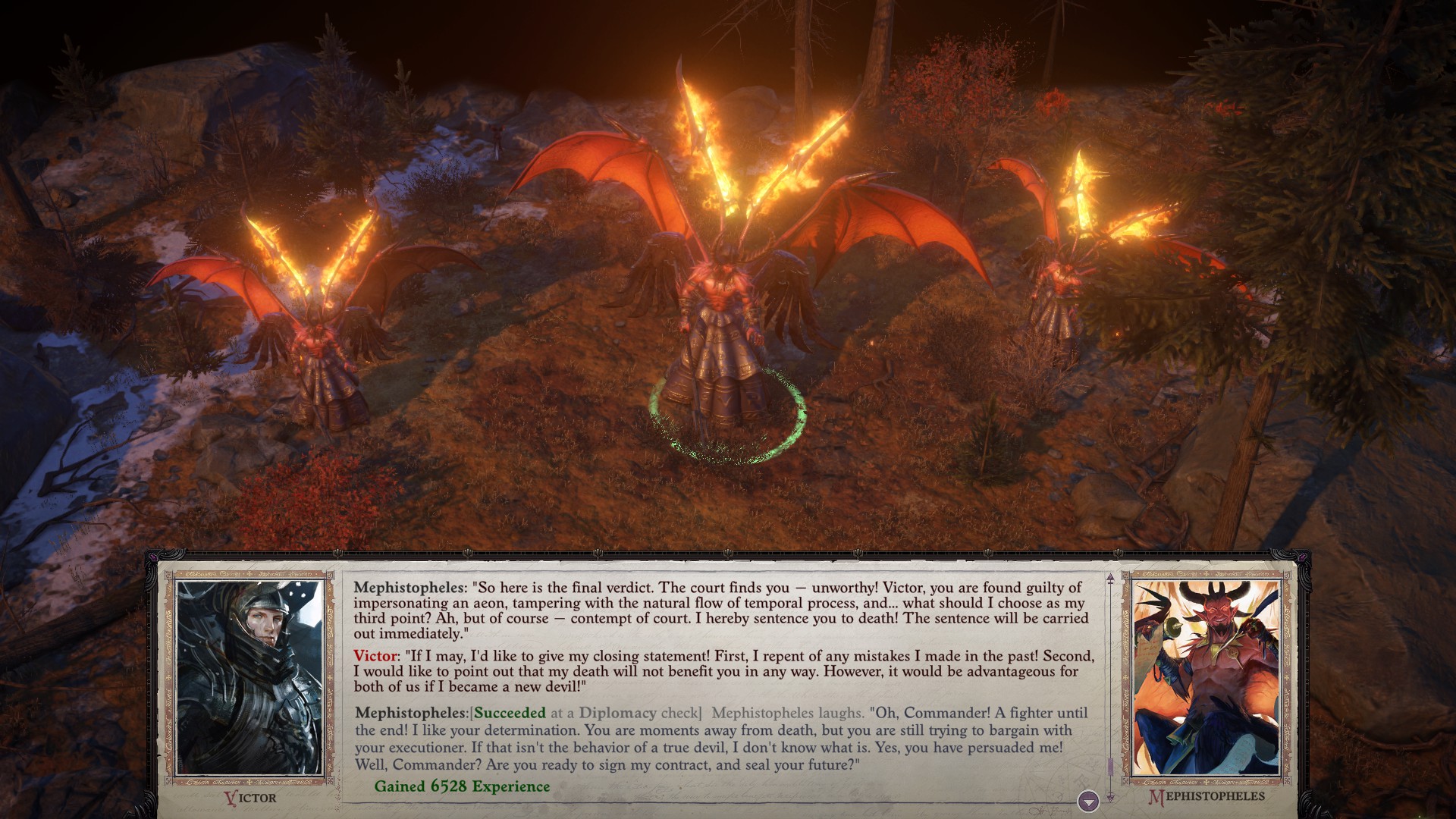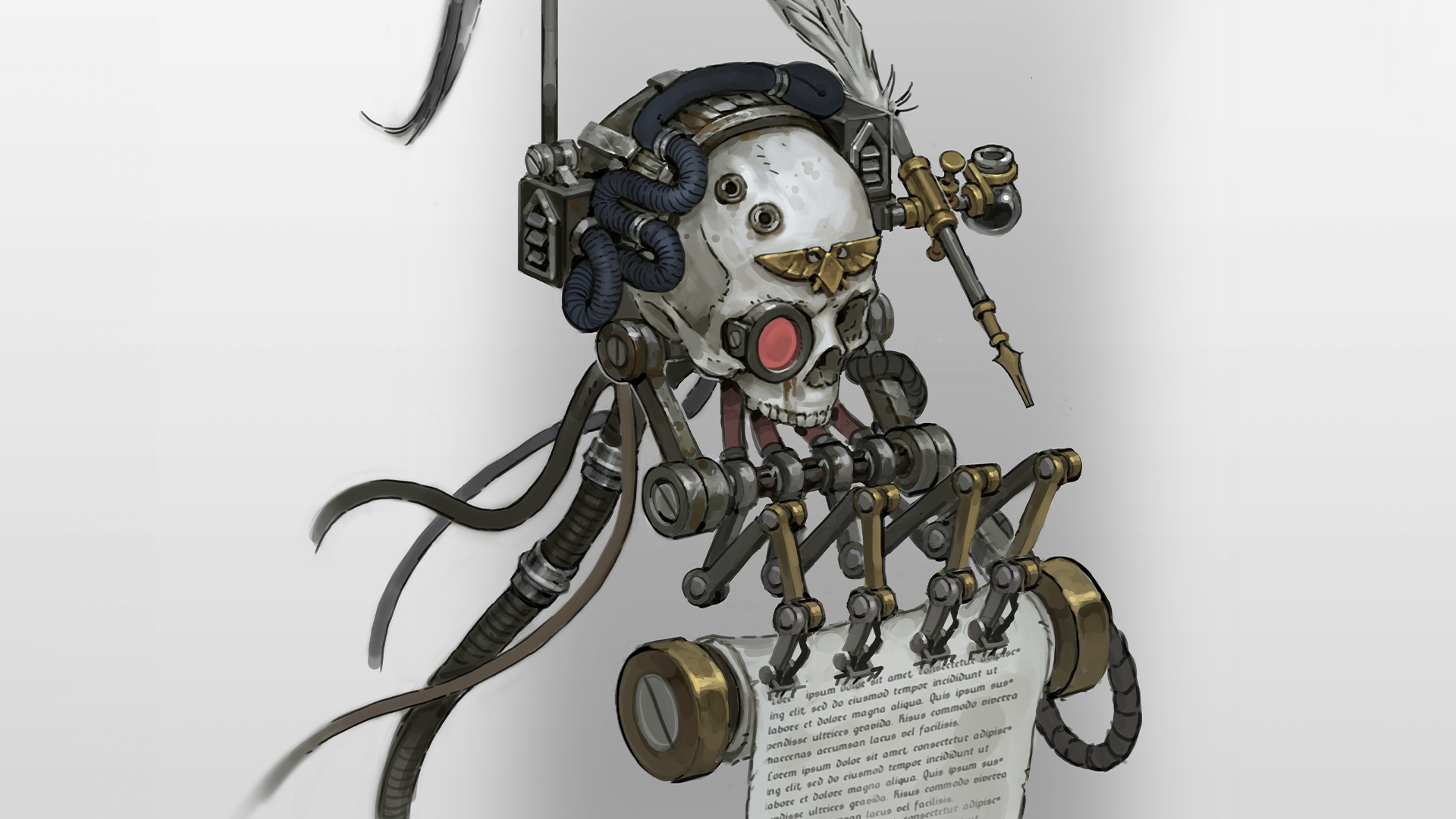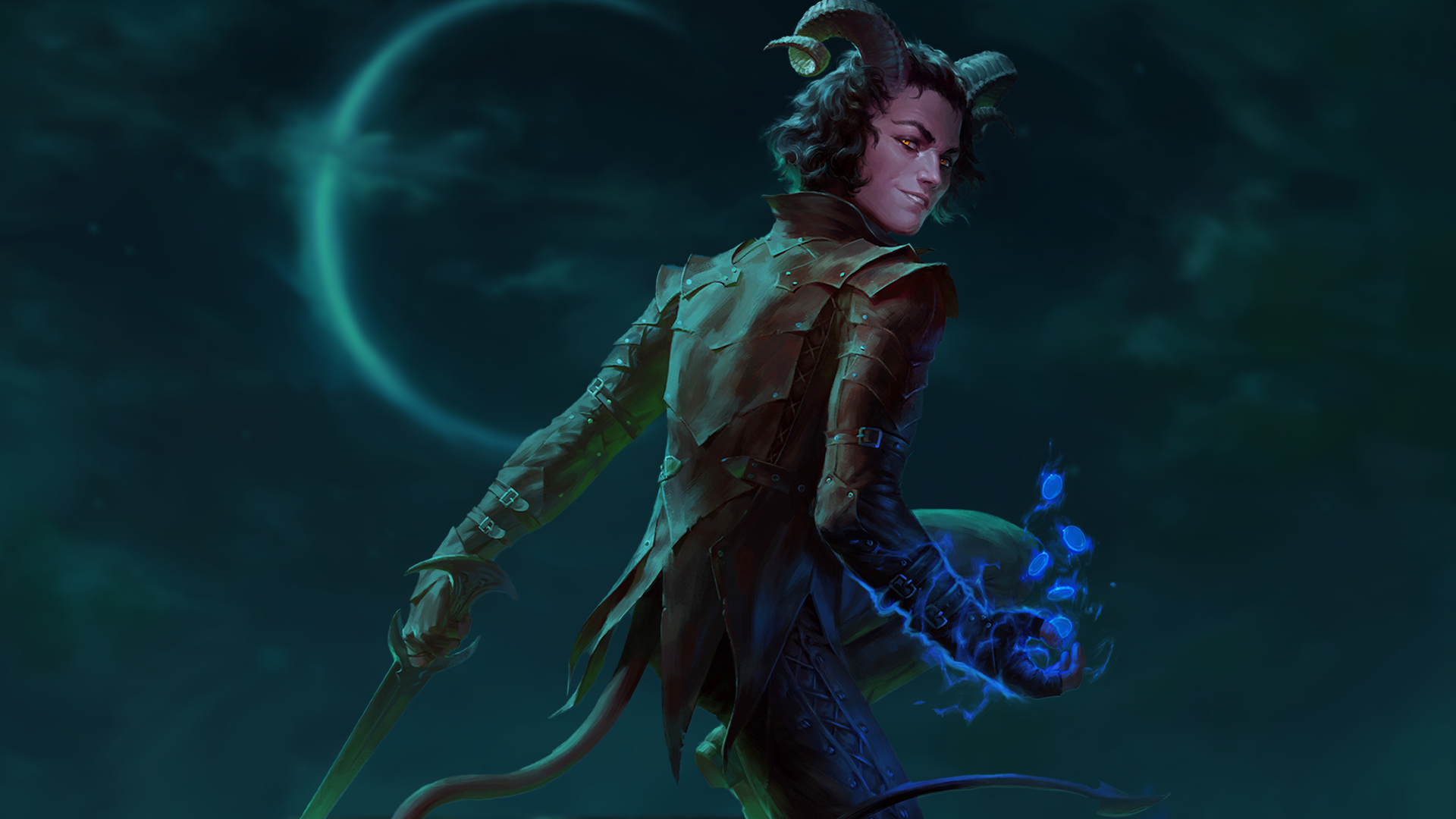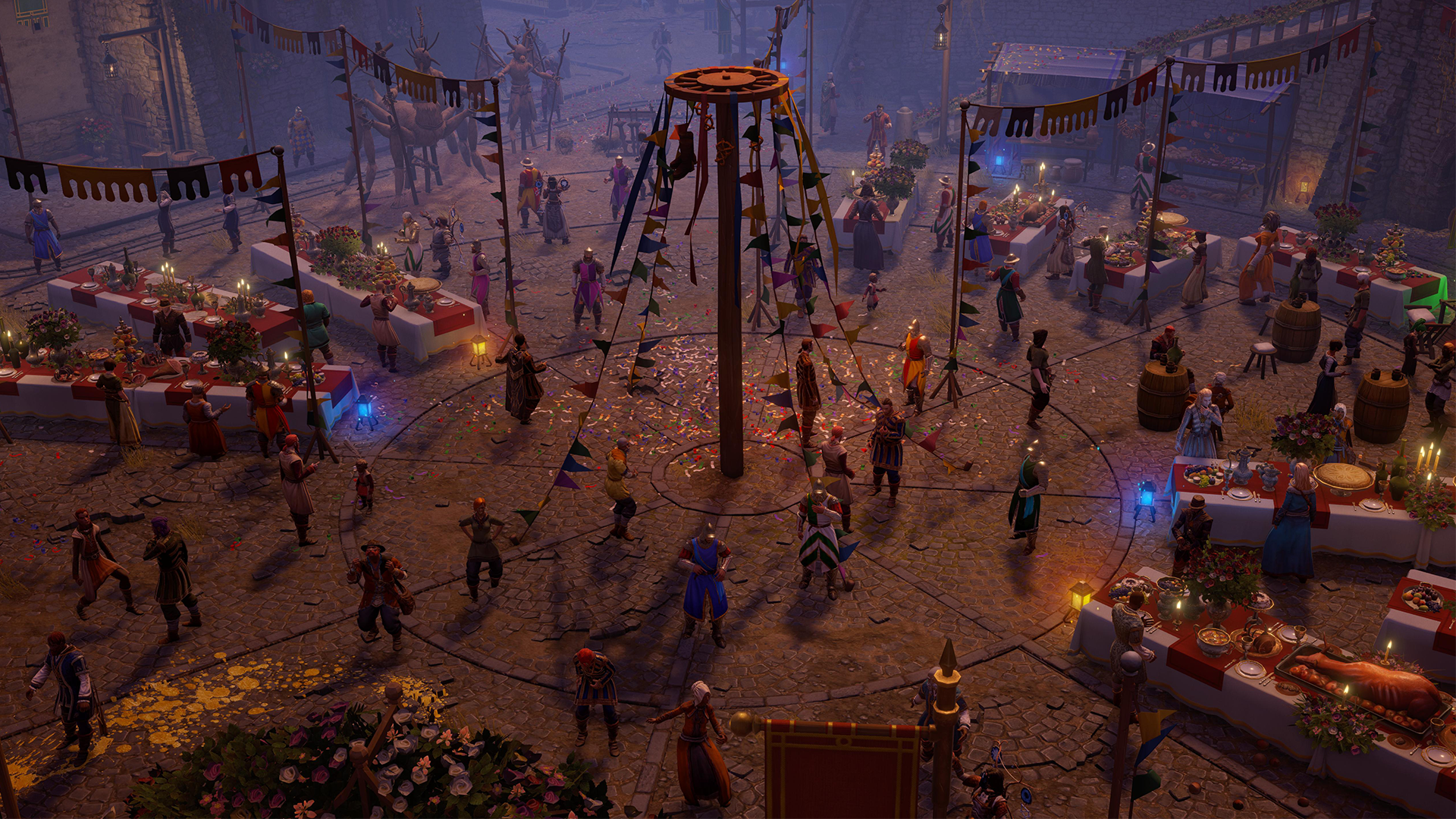GETTING TO KNOW OWLCAT PLAYERS
Some time ago, we reached out to you, our players, with a comprehensive survey to learn more about you and enhance your gaming experience.
We want to start by saying a huge thank you to everyone who found the time to participate! Nearly 23,500 people from all across the globe took our survey, not a small figure by any means. We sincerely appreciate each and every participant for dedicating their time and sharing their valuable feedback with us.
Today, we're excited to share some curious insights and findings we've made based on your feedback.
Please note that we won't cover every single question here, as that would turn this article into a novel! Instead, we’ll focus on the key highlights. So, sit back and enjoy the read!
Locations and languages
Our players come from various corners of the world, with a majority from Europe (45.8%) and North America (39.8%). A more minor yet significant number hail from Asia (6%) and South America (3.4%). The remaining 5% of players are scattered across various other parts of the world. It's fantastic to see that Owlcat Games' captivating worlds are enjoyed across different regions worldwide. The more, the merrier!
When it comes to languages, English speakers make up the largest group at 61.55%. Following English, the top native languages among our players include German, French, Russian, Polish, and Spanish. This diversity enriches our community and adds to the global flavor of our gaming experience.
Many of our players are multilingual, which further enables them to connect with fellow enthusiasts globally, sharing experiences, lifehacks, and tips. In total, our players speak 217 languages—impressive, right? And this does not include C++, which one of our respondents also mentioned!
Platforms
Our players love gaming on different devices. Most of them, 97%, prefer using Windows, enjoying its versatility. Many also appreciate the flexibility of portable devices such as the Nintendo Switch and Steam Deck, with 37.41% opting for mobile gaming.
PlayStation is favored by 28.6% of our community, while Xbox is only used by 10.16%. Curiously, 7.47% of players still find joy in retro consoles. Old habits die hard!
This wide range of platform choices not only enhances the gaming landscape but also highlights the importance of accessibility and options when catering to such a diverse range of player interests.
Genres
Our players are passionate about RPGs. Surprising, isn’t it?

They particularly enjoy isometric, action, and tactical RPGs. Alongside these, immersive sims and real-time strategy games are also significantly popular.
The top titles include Skyrim, Baldur's Gate 3, Divinity: Original Sin, Dragon Age, and Mass Effect. Did your favorites make the cut? Let us know in the comments!
Overall, our community showed a deep appreciation for RPGs, reflecting the genre's rich history from classic games to modern releases in their replies. The responses turned into a vast list of recommendations, including our favorite titles and even some new discoveries, which we will definitely check out in our free time.
Analyzing the titles mentioned, we've compiled a curious word cloud—keywords frequently appearing in the answers.
Gaming preferences
Our players love escaping into fantasy worlds and exploring all sorts of imaginary universes to escape from reality for a bit—something we fully understand!
Some of the most popular settings include high fantasy, sci-fi, medieval adventures, cyberpunk dystopias, low fantasy, and post-apocalyptic scenarios. Each of these backgrounds offers a unique experience, whether it's battling dragons, navigating futuristic worlds, or surviving in a post-apocalyptic wasteland. In their responses, a significant number of people said they didn't care as much about the setting as they did about experiencing an engaging story.
Our players have clear favorites when it comes to game features: 16.42% enjoy open-world exploration, 14.54% appreciate romance options, and 10.95% value learning new things while playing. Players also seek challenging gameplay and a well-balanced game experience.
It's awesome that our tastes and interests match those of our audience—it's a sign we're on the right track! We strive to create story-rich games with complex, engaging mechanics and are really excited to find like-minded people in our playerbase who enjoy the same things in games as we do. Let's make story-driven games great again!
Regarding difficulty, over half of our players prefer to play on Normal, while about a third opt for Hard mode. Only a tiny portion, 3.79%, choose to take on Ironman mode, where a single mistake can end the game.
When it comes to multiplayer preferences, there is a pretty balanced spread among players. A significant 32.95% prefer solo PVE experiences. Nearly as many, 29.47%, enjoy both solo and co-op PVE gameplay.
Moreover, our community clearly favors computer and console gaming over mobile options, with 38% indicating that they’ve never played games on their phones.
Game purchases
We all crave the excitement of discovering new worlds and stories, constantly looking to expand our game libraries. About a third of players purchase new games monthly, while a similar number buy one every few months, allowing enough time to fully explore each world.
On average, our players spend approximately $63 per month on games—clear dedication to their hobby. Around 47% of players are willing to buy games at full price after reading reviews and recommendations. However, many players tend to form their own opinions about a game by checking gameplay and reviews rather than blindly trusting others' thoughts.
An equal number prefer to wait for sales to get the best deal. A smaller 15% eagerly purchase games on release day to be among the first to play.
For many players, a crucial factor when choosing a game is the ability to play as diverse characters, such as women or non-human beings like elves, dwarves, or even furry or cat-like creatures. This customization allows players to immerse themselves more deeply in the game world and identify with their avatar.
Additionally, developer attitudes towards players and the community often play a role in decision-making. Players usually prioritize titles from developers who succeeded in building mutual trust with the community while avoiding developers perceived as unfriendly or dismissive. It’s a good thing that we connect with our community, are always ready to help, and provide them with up-to-date information and support!
Other interests
Our players have diverse interests that extend beyond gaming, covering various facets of pop culture. The most popular hobby is tabletop gaming, particularly role-playing, with 71,50% of players claiming to be enthusiasts.
A significant 62% enjoy watching movies, while 56% indulge in TV shows. Music and anime are also popular, with 55% and 54% of participants enjoying these, respectively. Some of our players have more exotic hobbies, including historical reenactment, LARP (Live Action Role-Playing), heraldry, and even more extraordinary pursuits like necromancy and shamanic rituals. These players definitely choose to play as magicians or psykers in our games!
Others choose to partake in more earthly desires—for instance, one respondent is an avid beer enthusiast. In the glory of Cayden Cailean!
Our players carry a particular fondness for iconic franchises such as Warhammer 40,000 (of course!), Lord of the Rings, Fallout, Star Wars, and Dune. These universes offer rich narratives and imaginative worlds that resonate deeply with our community, inspiring them to explore and engage across diverse forms of media.
Unsurprisingly, a significant part of our players express a deep love of reading and immersing themselves in fictional worlds, which they emphasized repeatedly in their survey responses. Even though there was a specific question about books, many players persistently mentioned their reading habits when answering about their hobbies. Reading clearly holds a special place in their hearts!
That’s it for the moment! Overall, we’ve learned a lot from this survey, and we hope that we now know our community even better. Your feedback is so important to us, and it will undoubtedly help us to continue developing games that you, our community, love. Look out for a new survey next year, as we plan to make this an annual event!

































